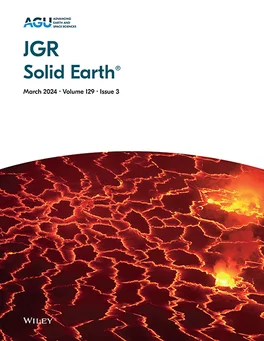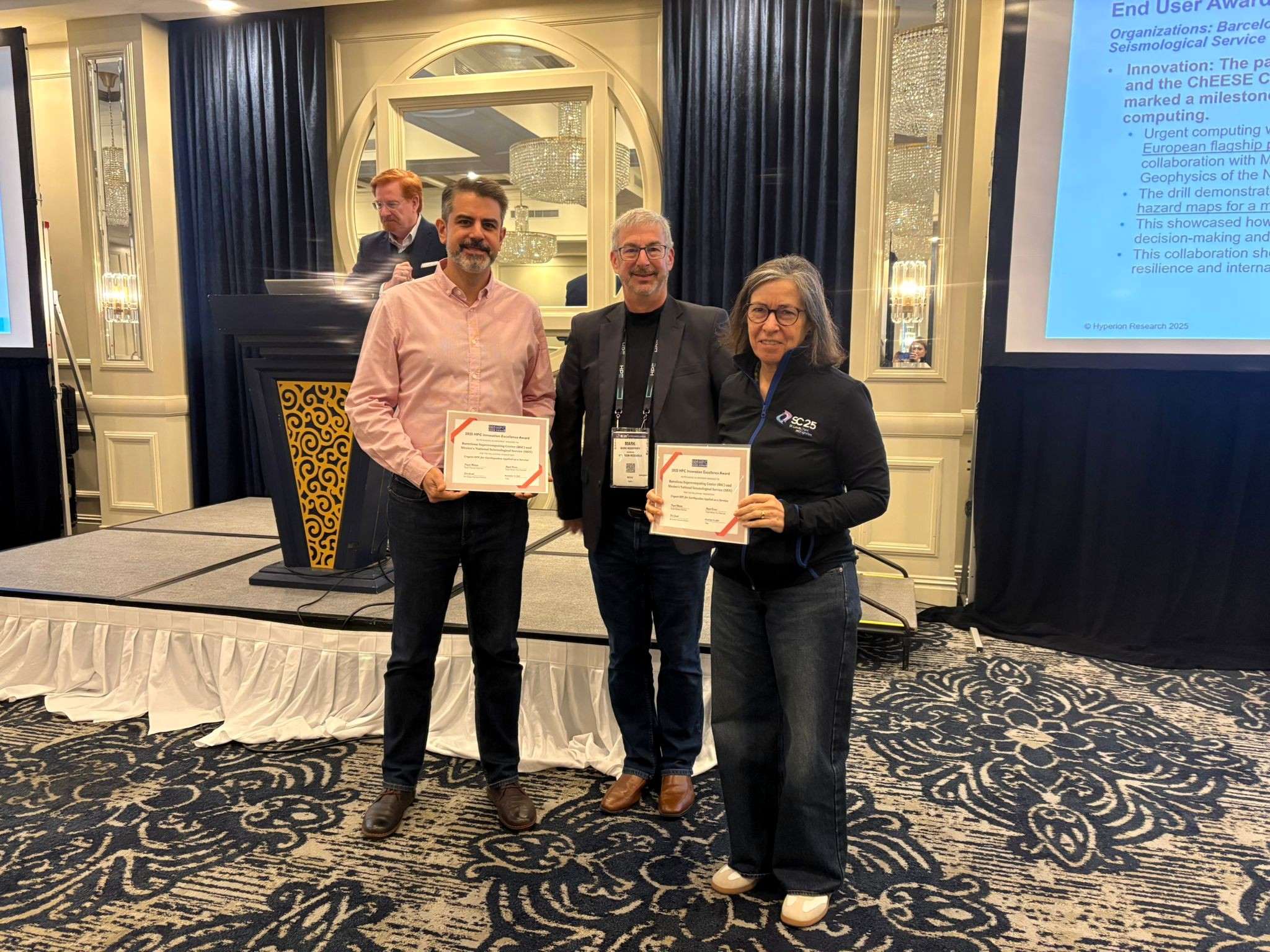The Linked Complexity of Coseismic and Postseismic Faulting Revealed by Seismo-Geodetic Dynamic Inversion of the 2004 Parkfield Earthquake

Nico Schliwa, Alice-Agnes Gabriel, Jan Premus, František Gallovič
Journal of Geophysical Research: Solid Earth
https://doi.org/10.1029/2024JB029410
Several regularly recurring moderate-size earthquakes motivated dense instrumentation of the Parkfield section of the San Andreas fault (SAF), providing an invaluable near-fault observatory. We present a seismo-geodetic dynamic inversion of the 2004 Parkfield earthquake, which illuminates the interlinked complexity of faulting across time scales. Using fast-velocity-weakening rate-and-state friction, we jointly model coseismic dynamic rupture and the 90-day evolution of postseismic slip in a 3D domain. We utilize a parallel tempering Markov chain Monte Carlo approach to solve this non-linear high-dimensional inverse problem, constraining spatially varying prestress and fault friction parameters by 30 strong motion and 12 GPS stations.
From visiting 2 million models, we discern complex coseismic rupture dynamics that transition from a strongly radiating pulse-like phase to a mildly radiating crack-like phase. Both coseismic phases are separated by a shallow strength barrier that nearly arrests rupture and leads to a gap in the afterslip, reflecting the geologic heterogeneity along this segment of the SAF. Coseismic rupture termination involves distinct arrest mechanisms that imprint on afterslip kinematics. A backward propagating afterslip front may drive delayed aftershock activity above the hypocenter. Trade-off analysis of the 10,500 best-fitting models uncovers local correlations between prestress levels and the reference friction coefficient, alongside an anticorrelation between prestress and rate-state parameters.
We find that a complex, fault-local interplay of dynamic parameters determines the nucleation, propagation, and arrest of both, co- and postseismic faulting. This study demonstrates the potential of inverse physics-based modeling to reveal novel insights and detailed characterizations of well-recorded earthquakes.


